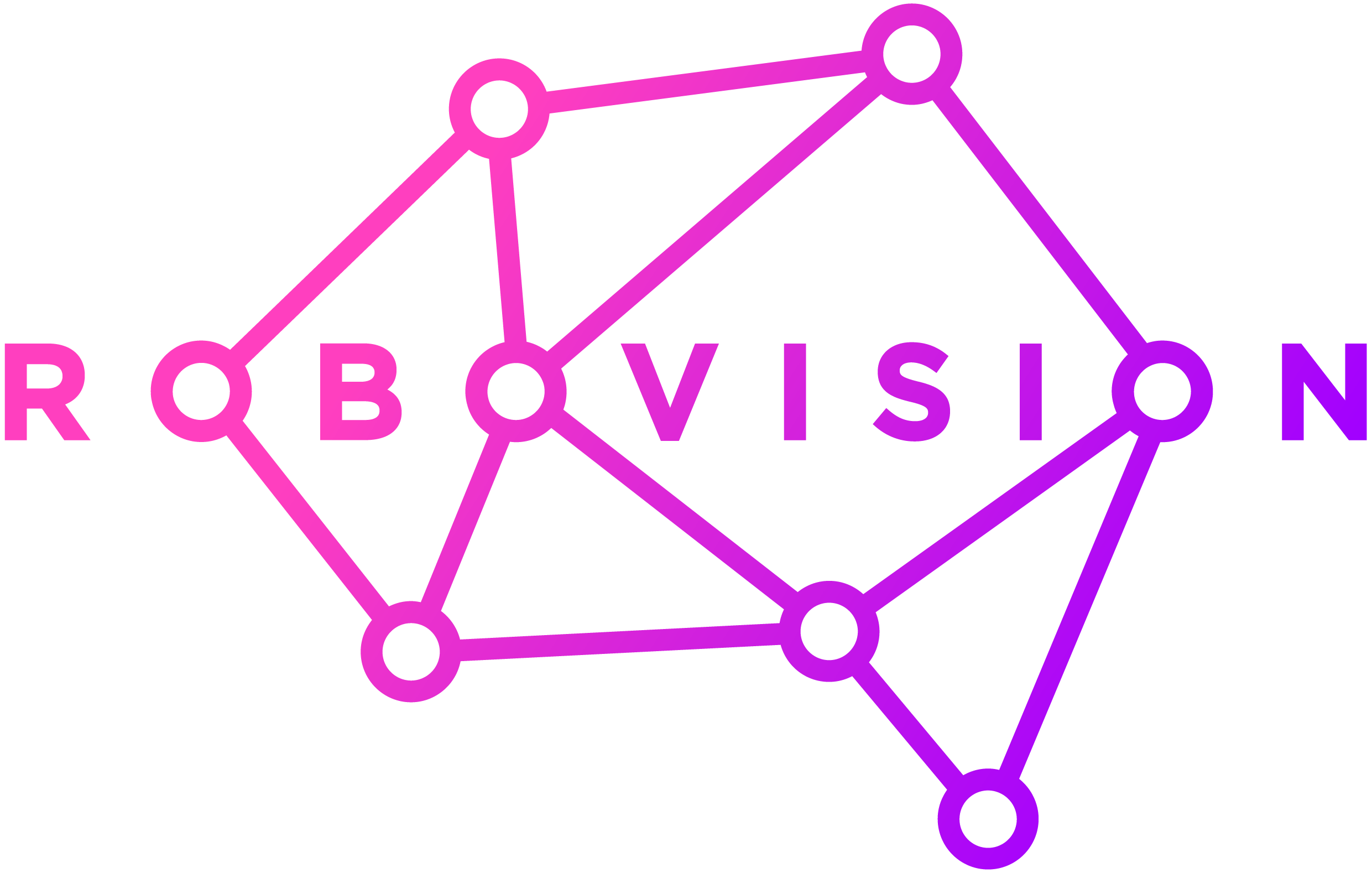
AI Technology
Computer vision
Using complex algorithms tuned to accomplish a specific task, computer vision allows a digital system to derive information from images. Computer vision is particularly transformative in operational settings, where it can be used to automate a human task such as visual quality inspection to prevent waste, improve service levels and standardize quality parameters.
- Automatically, reliably and accurately gauge characteristics and quality of a wide range of different products, from crops and baked goods to electronic components.
- Quickly spot product defects to optimize production line processes and total throughput.
- Offer tailored product suggestion functionalities to web shop customers to increase sales and enhance customer experience.

Through a partnership with Robovision, delaware offers companies a fast track toward computer vision implementation and success. The proprietary Robovision platform accelerates deep learning platform development and simplifies the creation and maintenance of models. Even more, label management is included in the pipeline.
Natural language generation and processing
As the fundamental basis of human-computer interaction, natural language generation and processing derives information from text to accomplish a very specific task. Instead of matching on key words, natural language algorithms analyze text semantics to extract rich insights, guiding the user towards the right information and even generating interactive output when combined with computer vision and intelligent devices.
- Ensure that service desk tickets or other communications go to the right person based on their content, and provide answers to standard queries.
- Interact with customers through chatbots before involving your sales team, enhancing the customer experience and increasing sales.
- Analyze and order unstructured communication, reducing man-hours spent on repetitive, manual tasks in finance and accounting.
- Collect new insights into customer behavior and preferences based on their interactions with the system.
- Discover new patterns in textual information.
Data, IoT and intelligent devices
Intelligent devices are the very foundation of artificial intelligence and drive the emergence of Industry 4.0, smart cities and factories of the future. By enhancing a device with a sensor, we can extract important information from that device, process it and combine it with information from other sources. This wealth of interconnected big data is then processed using analytics or even self-learning neural networks, for unprecedented insights into business operations.
The three layers of the Internet of Things:
- Sensing, controlling or monitoring operational processes using intelligent devices such as sensors, LEDs, industrial machinery and more.
- Communicating collected data with other devices and processing it on-premise or in the cloud.
- Applying advanced analytics and AI approaches to big data to unlock actionable insights, including master data management and data mining processes.
The results: optimized operational processes, higher productivity, improved safety, enhanced quality and even better decision-making.


